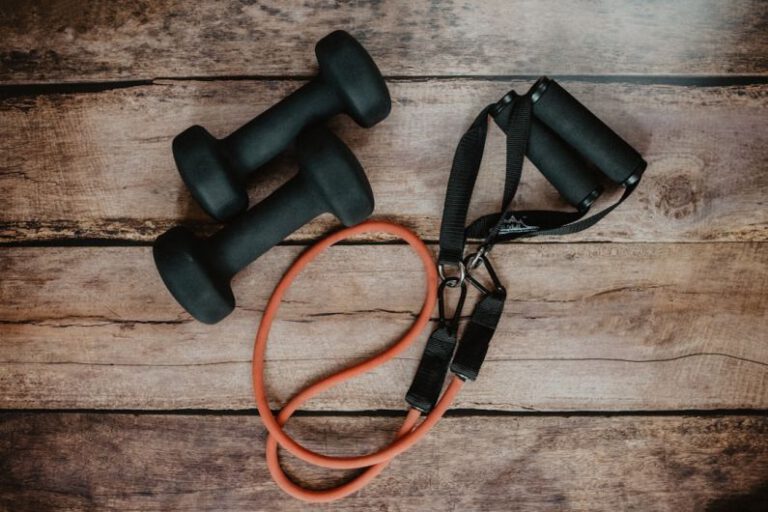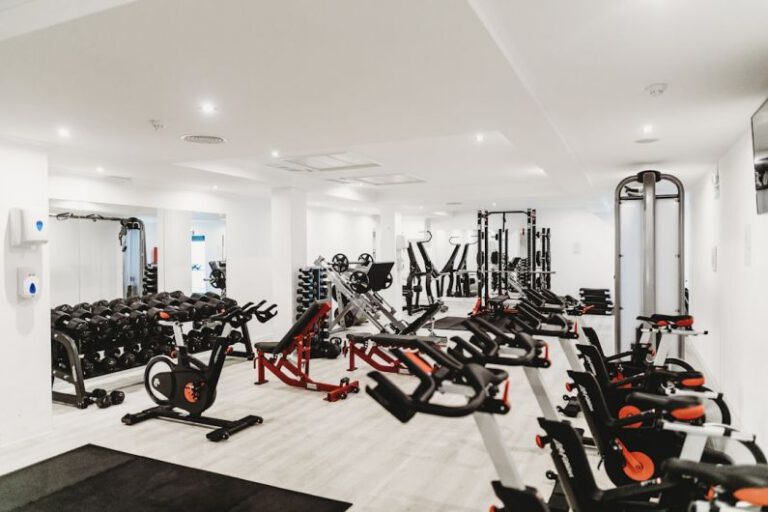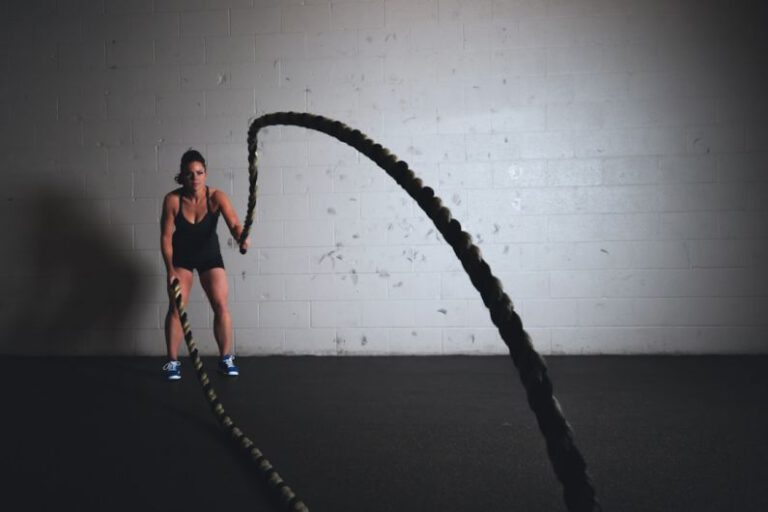How to Build a Workout Plan
Embarking on a fitness journey can be both exciting and overwhelming. One crucial element of achieving your fitness goals is creating a well-structured workout plan. A workout plan not only helps you stay organized but also ensures that you are making progress towards your desired outcomes. Whether you are a beginner or a seasoned fitness enthusiast, building an effective workout plan tailored to your needs is key to success.
Understanding Your Goals
Before diving into creating a workout plan, it is essential to clearly define your fitness goals. Are you looking to lose weight, build muscle, increase endurance, or improve overall fitness? Identifying your objectives will guide the direction of your workout plan and help you stay motivated throughout your fitness journey.
Choosing the Right Activities
Once you have established your fitness goals, the next step is selecting the activities that align with your objectives. Whether you prefer cardio, strength training, flexibility exercises, or a combination of these, it is crucial to choose activities that you enjoy and that will keep you engaged. Variety in your workout routine can help prevent boredom and plateaus, so consider incorporating a mix of activities to keep things interesting.
Setting Realistic Expectations
While it is important to challenge yourself, setting realistic expectations is key to building a sustainable workout plan. Gradually increase the intensity and duration of your workouts to avoid burnout and minimize the risk of injury. Listen to your body and make adjustments as needed to ensure that your workout plan is both effective and safe.
Scheduling Your Workouts
Consistency is key when it comes to fitness. Establish a regular workout schedule that fits into your daily routine and allows for adequate rest and recovery. Whether you prefer morning workouts to kickstart your day or evening sessions to unwind after work, find a time that works best for you and stick to it. Planning your workouts in advance and treating them as non-negotiable appointments can help you stay on track and make exercise a priority.
Creating a Balanced Routine
A well-rounded workout plan should include a mix of cardiovascular exercise, strength training, and flexibility work. Cardiovascular activities such as running, cycling, or swimming can help improve your endurance and burn calories. Strength training exercises like weightlifting or bodyweight exercises are essential for building muscle and increasing strength. Incorporating flexibility exercises such as yoga or stretching can help improve range of motion and prevent injuries.
Progressive Overload
To continue making progress and avoid hitting a plateau, it is important to incorporate the principle of progressive overload into your workout plan. Gradually increase the intensity, duration, or frequency of your workouts to challenge your body and stimulate further improvements. Keep track of your progress, whether it be through increased weights lifted, faster running times, or improved flexibility, to ensure that you are moving closer to your fitness goals.
Monitoring and Adjusting Your Plan
As you progress with your workout plan, it is essential to monitor your results and make adjustments as needed. Pay attention to how your body responds to different exercises and intensities, and be willing to modify your plan accordingly. If you hit a plateau or experience setbacks, don’t get discouraged—instead, reassess your goals and make changes to keep moving forward.
Staying Motivated
Maintaining motivation is a common challenge when it comes to sticking to a workout plan. Find ways to stay inspired, whether it be setting short-term goals, tracking your progress, or working out with a friend for accountability. Remember to celebrate your achievements along the way and focus on the positive changes that exercise brings to your overall well-being.
Incorporating Rest and Recovery
Rest and recovery are essential components of any workout plan. Allow your body time to recover between workouts to prevent overtraining and reduce the risk of injury. Incorporate rest days into your schedule and prioritize sleep, hydration, and nutritious food to support your body’s recovery process.
Key Takeaways
Building a workout plan tailored to your goals and preferences is essential for achieving success in your fitness journey. By understanding your objectives, choosing the right activities, setting realistic expectations, scheduling your workouts, creating a balanced routine, incorporating progressive overload, monitoring and adjusting your plan, staying motivated, and prioritizing rest and recovery, you can create a sustainable and effective workout plan that will help you reach your fitness goals. Remember that consistency, patience, and perseverance are key to long-term success in fitness.






